Your gift helps support Academy research and programs, including school field trips for 130,000+ students annually.
Through the generous support of The Bernard Osher Foundation, the Osher Fellows program attracts “thinkers-in-residence” from the fields of science, art, design, and policy.
Working in collaboration with the Academy’s scientists, educators, and science communicators, Osher Fellows bring their creative expertise to the museum’s innovative public engagement and science learning programs and share their work through creative and impactful storytelling for a global audience.
2025 Fellows

Katie Garrett
Katie Garrett is a producer of natural history films that combine intimate cinematography with personal stories from people living and working alongside nature. With a degree in biology and background in the arts sector, she is particularly passionate about amphibian conservation. She has produced videos for National Geographic, Geographical Magazine, Ensia and other online platforms.
Vincent Medina and Louis Trevino, Cafe Ohlone
Pictures and bio coming soon
2024 Fellows
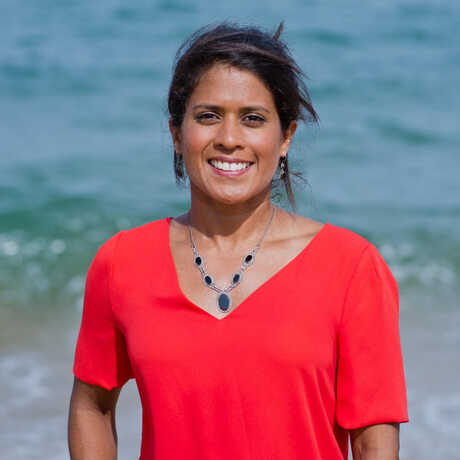
Asha de Vos
Dr. Asha de Vos is an internationally acclaimed Sri Lankan marine biologist, ocean educator, pioneer of long-term blue whale research within the Northern Indian Ocean, Sri Lanka's first deep sea explorer, and strong advocate for diversity and equity in marine conservation. She is also an Adjunct Research Fellow at the Oceans Institute of the University of Western Australia. She has degrees from the University of St. Andrews, the University of Oxford and the University of Western Australia but escaped academia to establish her own Sri Lankan-grown non-profit, Oceanswell—Sri Lanka’s first marine conservation research and education organization. In 2020 Asha was awarded an inaugural Maxwell-Hanrahan award in field biology whilst also being named Scuba Diving Magazine’s Sea Hero of the Year. In 2021, she was awarded a Vanithaabimani lifetime achievement award and the Tällberg-SNF-Eliasson Global Leadership Prize, and in 2023 she was named the equity and diversity champion of the British Ecological Society.
Dr. de Vos will conduct a workshop for staff about decolonizing science and developing a more inclusive culture in the field of marine biology. She will also lead a public seminar about her advocacy against parachute science and decolonizing natural history and ocean conservation.
Photo credit: Ruvin de Silva
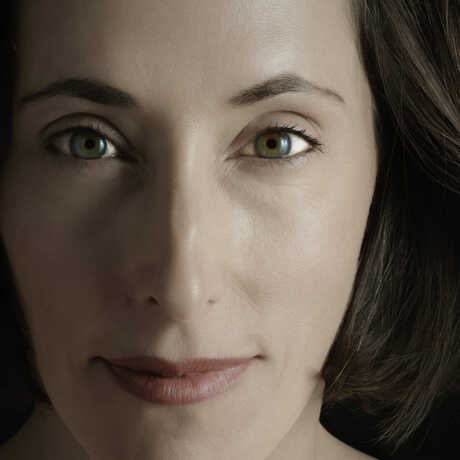
In 1997, Jodi Lomask founded Capacitor, embarking on a journey at the convergence of science, environmentalism, and cutting-edge technology through dance, sound, and sculpture. Her creations are motion sculptures, harmoniously completed only when the human body engages with them. Internationally, she's taken her company on tours, crafting shows inspired by Earth's depths, forests, and cosmic wonders, with dedicated researchers. Notably, she's been commissioned by Apple, NASA, TED, SF Airport, and the Discovery Channel. Awards like the Isadora Duncan Award for Sustained Achievement and Ocean Luminary recognition from the Museum of Natural History underline her impact.
At the Academy, her latest project, "Cross-Pollination," makes its world debut, symbolizing creative flourishing, the fruit of cross-pollination, and the power of diverse talents collaborating effectively.
Performing Jodi Lomask's "Pollination" sculpture are Capacitor dancers and Deaf choreographer Antoine Hunter with Zahna Simon. Beyond public performances, Jodi and her team will host STEM Portals, offering an unconventional path into science and mathematics for young minds.
2023 Fellows
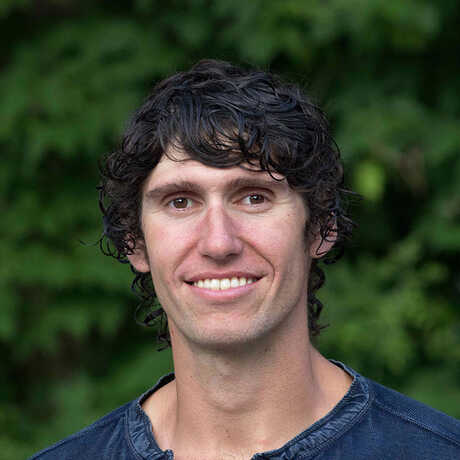
Ben Goldfarb (also a Fellow in 2019)
Ben Goldfarb is an environmental journalist based in Spokane, Washington, whose writing has appeared in Science, Orion Magazine, Mother Jones, High Country News, and many other publications. He is the author of Eager: The Surprising, Secret Life of Beavers and Why They Matter, winner of the 2019 PEN/E.O. Wilson Literary Science Writing Award. Goldfarb is also the recipient of a 2019 Alicia Patterson Fellowship, through which he is covering the global ecological impacts of roads.
For bioGraphic, Goldfarb will produce a series of five feature stories about the intersection of biodiversity, ecology, and human infrastructure, focusing on the issues that arise from these intersections and the solutions scientists and conservationists are working on to address them.
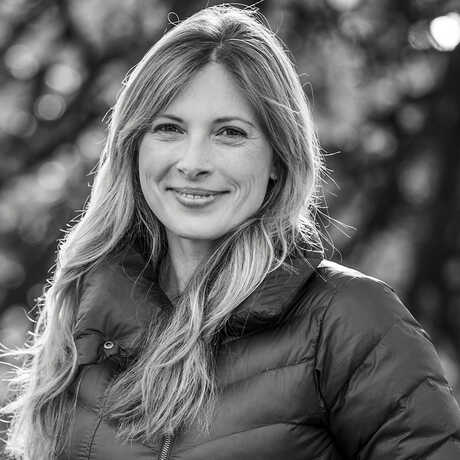
Morgan Heim (also a Fellow in 2019)
Award-winning photographer and filmmaker Morgan Heim is a Senior Fellow with the International League of Conservation Photographers and a former board member of the North American Nature Photography Association. Her photos and writing have appeared in BBC Wildlife, Smithsonian, Nature Conservancy, World Wildlife Magazine, and Newsweek. Her film collaborations have appeared in Banff Mountain Film Festival, Adventure Film, Telluride, the International Wildlife Film Festival, and the G2 Green Earth Festival.
For bioGraphic, Heim will collaborate with Maddy Rifka to produce an immersive story on the devastation of wildfires in the western U.S. and the heroic efforts of biologists and rehabilitators to save, restore to health, and release animals impacted by those fires back into the wild.
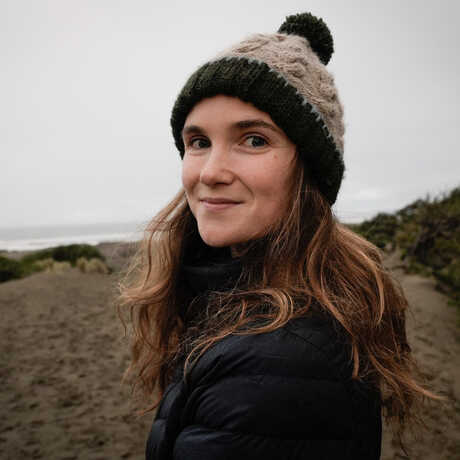
Maddy Rifka is a fish and restoration biologist and conservation storyteller. As a scientist, she strives to study under appreciated fish. As a photographer and filmmaker, she focuses much of her work on human-wildlife relationships. Maddy has documented topics such as river restoration, fish migration, mountain lion behavior, and the environmental impact of illegal cannabis cultivation by drug cartels. She has worked on multimedia projects for outlets such as National Geographic, Audubon and the BBC. Her work has been shown at the International Wildlife Film Festival and the Wildlife Conservation Film Festival. She is also a Girls Who Click Ambassador.
For bioGraphic, Rifka will collaborate with Morgan Heim to produce an immersive story on the devastation of wildfires in the western U.S. and the heroic efforts of biologists and rehabilitators to save, restore to health, and release animals impacted by those fires back into the wild.
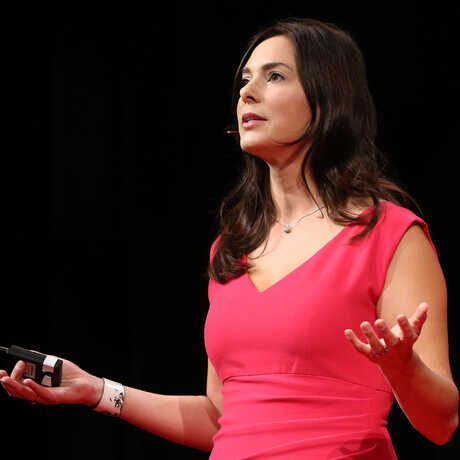
Indre Viskontas is a neuroscientist, opera stage director and science communicator across all mediums. Combining a passion for music with scientific curiosity, she is an Associate Professor of Psychology at the University of San Francisco where she runs The Creative Brain Lab, and the Creative Director of Pasadena Opera. She leads the Communications Core at the Sound Health Network, promoting research and public awareness of the impact music can have on our health and well-being. She has published more than 50 articles and book chapters related to the neural basis of memory, music and creativity. Dr. Viskondas will work with the BigPicture team at the Academy to present cutting-edge projects and initial findings on the neuroscience of nature imagery in a series of immersive presentations.
2022 Fellows
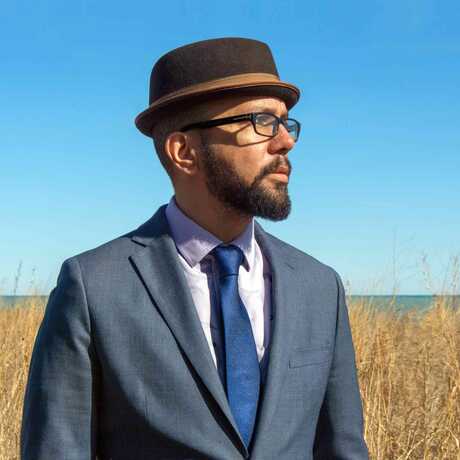
Walter Kitundu is an artist, educator, and naturalist whose work can be found around the world. He creates kinetic sculptures, sonic installations, and extraordinary musical instruments that explore the intersection between built and natural environments. In 2008, he received a prestigious MacArthur Fellowship in recognition of his skill and creativity.
In 2021, Kitundu will be partnering with the Academy to create a place-based experience or program that embodies his fascination with the natural world and its processes while engaging a diverse set of visitors with Bay Area flora and fauna.
2021 Fellows
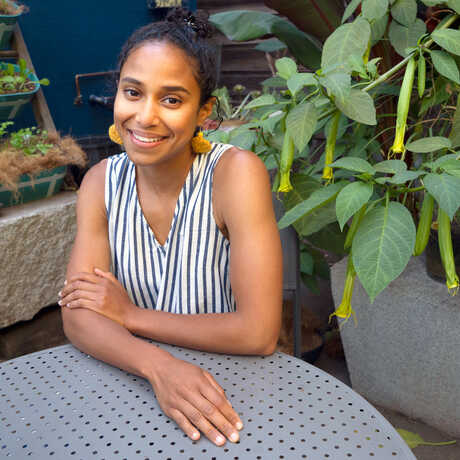
The Critical Ecology Lab, led by Dr. Sue Pierre, will work with the Academy to develop a pop-up and virtual exhibit recently funded by the ASTC’s IF/THEN® Gender Equity Project. This exhibit's storyline is told through the lens of LGBTQ women and gender minorities in STEM, their impact on STEM, and the impact of STEM on perpetuating a heteronormative culture that is perceived as unwelcoming. Sue Pierre's interdisciplinary research and critical thought collaborative is focused on measuring and critiquing the social dimensions of global environmental change, and the Critical Ecology Lab’s tandem focus on changing the way that researchers conceive and conduct science makes them an ideal partner for this exhibit.
In addition to this work, Dr. Pierre is lending her expertise and unique vision of critical ecology to the development of our new DEIA-focused institutional strategy, and to the development of ecosystem-based components integral to each of our three new major initiatives. She will also share her knowledge and expertise with Academy audiences through our Institute for Biodiversity Science & Sustainability Seminar Series.
2020 Fellows
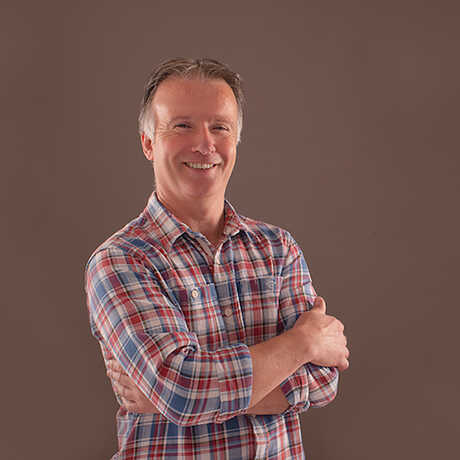
Peter Cairns is a conservation photographer and filmmaker with more than 20 years of professional experience. A long-time advocate for rewilding and nature-based tourism, Cairns is a co-founder of SCOTLAND: The Big Picture, a serving Board Member of the Scottish charity Trees for Life, and a Senior Fellow of the International League of Conservation Photographers.
In his recent photo essay for bioGraphic, Cairns trained his lenses on an oft-overlooked ecosystem: Scotland’s peat bogs. Refilling the Carbon Sink reveals not only the hidden beauty of the bogs but also the critical role they play in sequestering carbon.
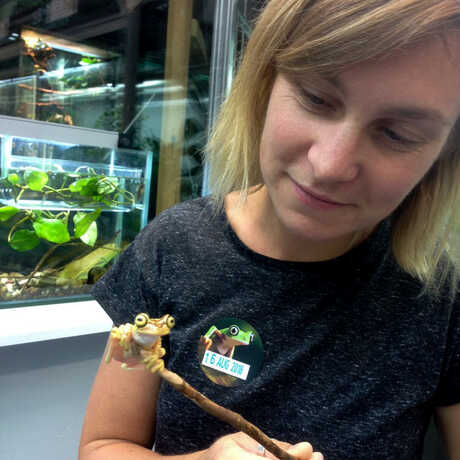
Katie Garrett is an award-winning producer of natural history films that combine intimate cinematography with personal stories from people living and working alongside nature. With a degree in biology and background in the arts sector, she is particularly passionate about amphibian conservation. She has produced videos for National Geographic, Geographical Magazine, Ensia, and other online platforms.
For bioGraphic, Garrett recently produced Mexico City and its Sacred Salamanders, a film about the efforts to save the critically endangered axolotl by harnessing ancient practices. In 2019, she produced Sounds of Survival, a film about the quest to record an endangered frog’s call for the first time.
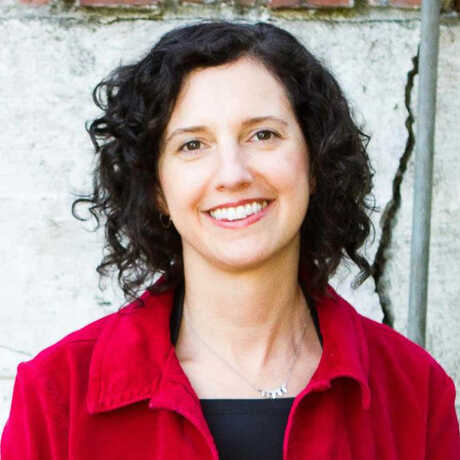
Erica Gies is an independent journalist who covers water, energy, biodiversity and more on the science and environment beat. She holds a master’s degree in literature, with a focus on eco-critcism. Her work has appeared in The New York Times, Scientific American, Nature, The Economist, and others.
In 2020, Gies will write for bioGraphic about Chennai, India—the latest megacity to literally run out of water. In this in-depth article, Gies will follow Jayshree Vencatesan and others at the NGO Care Earth Trust as they work to both reconnect people with traditional water management practices and create more habitat for imperiled wildlife. In 2019, Gies profiled two Kurdish scientists who are fighting against all odds to create a peace park in the heart of the Middle East in Patience, Peace, and Persian Leopards.
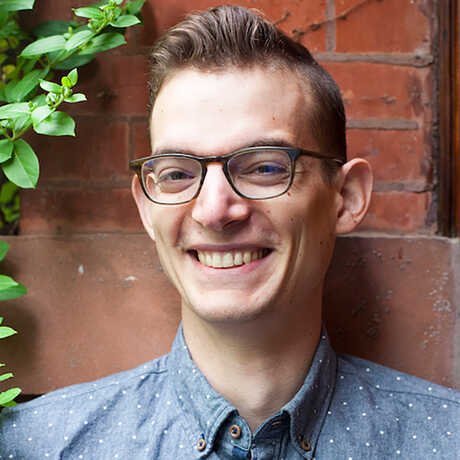
Geoffrey Giller is a science journalist and photographer based in Berlin. He has a Master’s degree in environmental science and a special love for amphibians. His writing has appeared in The New York Times, Discover, Scientific American, and Audubon, among other outlets, and he has been awarded fellowships from the National Association of Science Writers, the Society of Environmental Journalists, and the International Reporting Project.
For bioGraphic, Giller wrote and photographed Song of the Mountain Chicken, an against-all-odds success story about the efforts to reintroduce one of the world’s largest and most imperiled frogs to its Caribbean home.
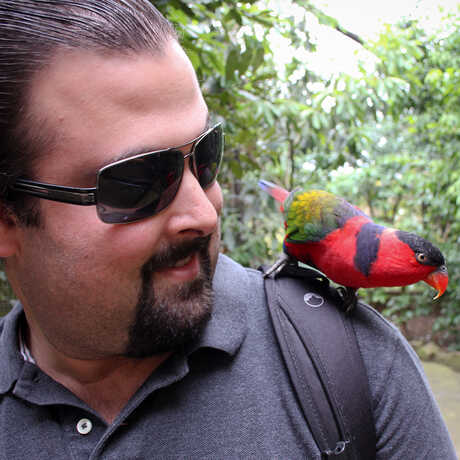
Jason G. Goldman is a science journalist and wildlife reporter who covers animal behavior, wildlife biology, conservation, and ecology issues around the world. He has written for National Geographic, Scientific American, Los Angeles Magazine, Teen Vogue, the BBC, and elsewhere. Goldman's most recent book is Wild L.A.: Explore the Amazing Nature In and Around Los Angeles.
Goldman’s most recent story for bioGraphic, Restoring Harmony in Haida Gwaii, follows the efforts of researchers, park managers, fishermen, and First Nations communities to collaboratively manage and restore a once-lush ecosystem.
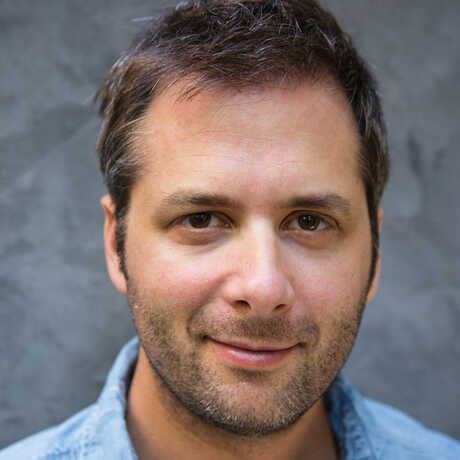
A New York-based freelance writer and photographer, Andy Isaacson has lived for a month on the world's remotest inhabited island and has spent a month aboard a Norwegian research vessel drifting in Arctic sea ice. He’s reported stories from all seven continents for The New York Times, National Geographic, and numerous other publications.
For bioGraphic, Issacson will report on a promising new effort to combat issues of malnutrition, poverty, and biodiversity loss in Madagascar by farming native edible insects.
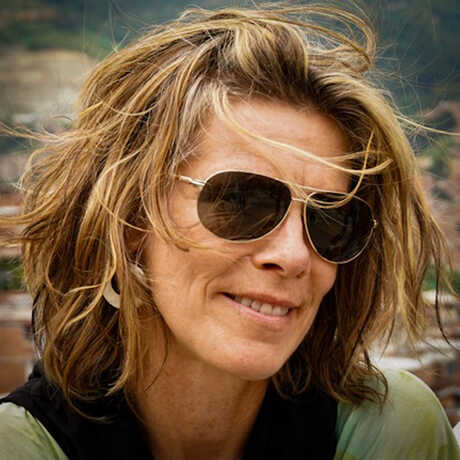
Susan Moran is a print and online journalist who has reported in the U.S. and internationally on the environment, energy, health, and other issues for publications including The New York Times, Popular Science, and Nature. She is also a host and producer of a science show on KGNU radio in Boulder, Colorado.
For bioGraphic, Moran traveled to Kenya’s Laikipia Plateau to report A Plague of Cactus, a story about the daring efforts to control an invasive cactus that is impacting both wildlife and human communities in the region by farming yet another introduced species: the cochineal insect.
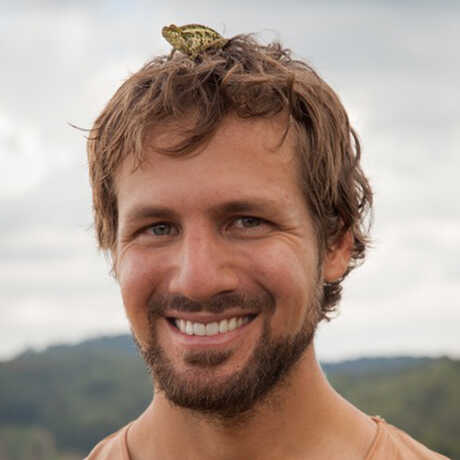
Marcus Westberg is an acclaimed photographer and writer who focuses primarily on conservation and development issues in Sub-Saharan Africa. A two-time Wildlife Photographer of the Year finalist, Westberg is a member of Wildlife Photographers United and works closely with a number of non-profit organizations and projects across the continent. His emotive images have been showcased in dozens of publications around the world.
Westberg’s most recent story for bioGraphic, A Plague of Cactus, follows the daring efforts to control an invasive cactus that is impacting both wildlife and human communities in Kenya by farming yet another introduced species: the cochineal insect.
2019 Fellows
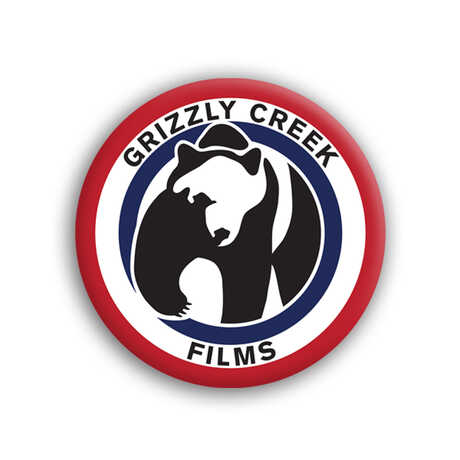
Grizzly Creek Films is an Emmy-winning independent production company that has created original series and documentary films for The National Geographic Channel, The Smithsonian Channel, The History Channel, PBS, and others. Their recent production, "Epic Yellowstone: Return of the Predators," just won the Best Broadcast Feature award at the International Wildlife Film Festival.
For bioGraphic, Grizzly Creek Films produced the captivating short film "Chasing Ghosts," about a quest to unlock a scientific mystery—and perhaps save one of the rarest plants on Earth, the famed ghost orchid. With only 2,000 ghost orchids left in the wild, understanding how this mysterious plant reproduces may be key to its survival. But until now, no one knew how it was pollinated. This film follows along as scientists and photographers paddle deep into the swamps of South Florida with high-speed cameras in tow, pursuing the singular objective of capturing an image of the ghost’s elusive pollinator.
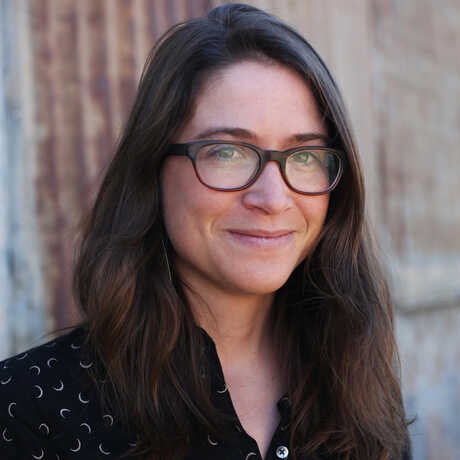
Kate Schimel writes about the intersection of people and the natural world, as well as education and technology. She is based in Seattle, where she leads coverage of the Northwest for High Country News. Her work has appeared in Mother Jones, Chalkbeat, Seattle Magazine, and Catalyst Chicago, among others.
For bioGraphic, she traveled to a remote village in Papua New Guinea to write "Where the Rainforest Meets the Road," a story about the efforts to implement an ambitious, and hard-fought, community-led conservation plan.
2018 Fellows
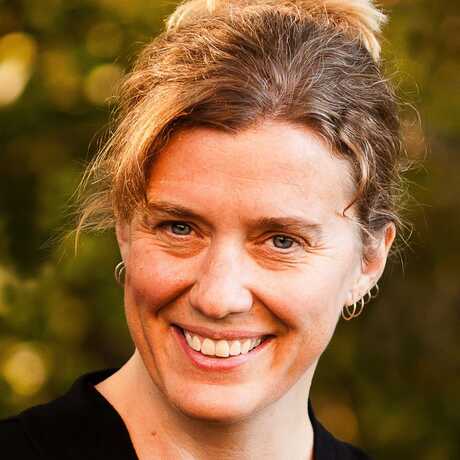
Michelle Nijhuis writes about science and the environment for publications including National Geographic and The New York Times Magazine. Her reporting has won several national honors, including two AAAS/Kavli Science Journalism Awards, the Walter Sullivan Award for Excellence in Science Journalism, and two finalist nods in the National Academies Communication Awards. Her writing has also been included in four Best American anthologies. After 15 years off the electrical grid in rural Colorado, she and her family now live in southwestern Washington.

Exposure Labs is dedicated to crafting meaningful and powerful stories that help shape their audience’s understanding of the world. They strive to tackle complex subjects and to reveal them in a way that allows people to better understand the reality and intricacy of the issues at hand. Their acclaimed documentary projects include “Chasing Coral,” “Chasing Ice,” and “Frame by Frame.”
Dive into this talented team’s immersive feature story "Spawning an Intervention," recently published in bioGraphic, the Academy’s digital magazine. Through compelling writing and reporting by Nijhuis, and stunning visuals produced by Exposure Labs, follow along as scientists scramble to restore coral reefs by mastering the art and science of raising coral babies—and learn how innovative restoration techniques are shaping a brighter future for these imperiled ecosystems.
2017 Fellows
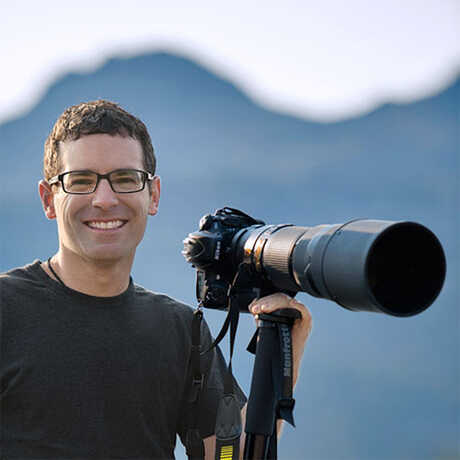
Corey Rich is an acclaimed director, photographer, and Nikon Ambassador who is known for fearlessly documenting some of the world’s wildest places. His work has appeared on close to 100 magazine covers, including the pages of The New York Times Magazine, Sports Illustrated, and National Geographic. Rich is a founding partner of Novus Select and is based in South Lake Tahoe, California.
Explore "The Lungs of the Planet," an immersive story experience from the Academy’s multimedia magazine bioGraphic about how the Amazon rainforest “breathes.” Learn how scientists are studying the impacts of climate change on the Amazon through captivating visuals by Corey Rich and in-depth reporting from Daniel Glick.
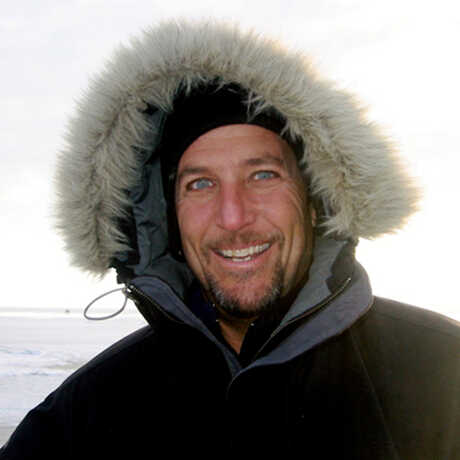
Daniel Glick is an author, journalist, and multimedia producer whose award-winning work has appeared in more than four dozen major outlets. One of the editors of the 2014 National Climate Assessment, Glick has reported on climate science findings for more than 20 years. In 2006, he co-founded The Story Group, an independent journalism company that produces multimedia stories about the West’s biggest environmental challenges.
2016 Fellows
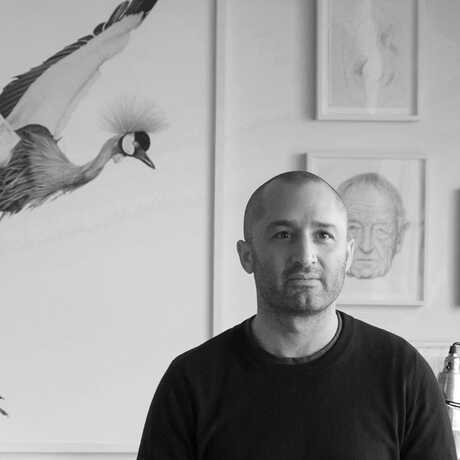
Andrew Zuckerman is an artist based in New York City. His practice addresses our relationship to the natural world through photographic and film-based works largely focused on living specimens. Establishing precise scale relationships within a framework of decontextualization, organizational systems, and technical acumen, Zuckerman’s hyper-real images create unique correlation points between the viewer and subject. His projects include award-winning films, internationally published books, and global traveling exhibitions. His pieces have been acquired by major institutions and private collectors.
Check out Zuckerman’s body of work created for "An Audacious Plan in the Twilight," an immersive story from the Academy’s multimedia magazine bioGraphic. Focused largely on living specimens and the process of photographing creatures from the deep, his captivating images showcase the beautiful and surprising characteristics of the twilight zone’s unique marine life. See Zuckerman’s images up close as part of the Twilight Zone: Deep Reefs Revealed aquarium exhibit during your next visit to the Academy.
2015 Fellows
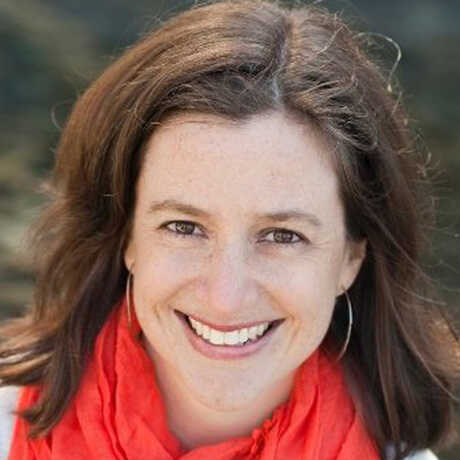
Brooke Smith is a science communications expert and the former Executive Director at COMPASS. By giving scientists the communication tools they need, and by bridging the worlds of science, journalism and policy, COMPASS works to ensure that science is better understood and used by society. At the time of her Osher Fellowship, Smith led the organization in vision, strategy, and administration.
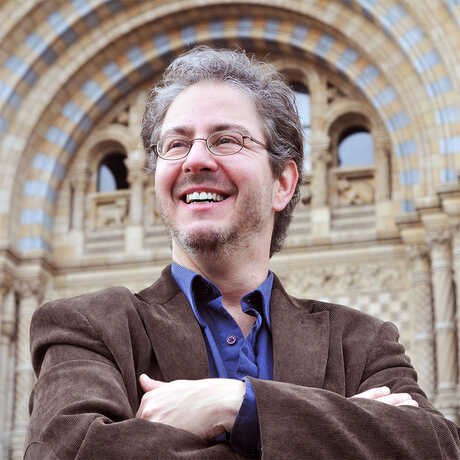
Science comedian Brian Malow has worked with NASA, NSF, AAAS, and many other acronyms. He specializes in workshops and presentations that train scientists to become better speakers. Malow has made science videos for Time.com and is a contributor to Neil deGrasse Tyson’s radio show. He currently blogs for Scientific American and works in science communications at the North Carolina Museum of Natural Sciences.
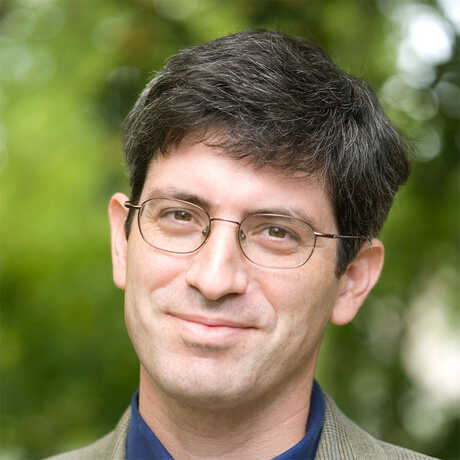
Carl Zimmer is an award-winning science writer whose work appears frequently in The New York Times, National Geographic, and other publications. He is the best selling author of twelve books on science including Soul Made Flesh, a history of neuroscience, and was dubbed a "tour-de-force" by The Sunday Telegraph. Zimmer is known for enthralling audiences with topics on the cutting edge of science, and explaining the history of the scientific revolution with ease and wonder.
Generously supported by




